When considering vitamin supplements, it's crucial to exercise caution regarding fillers such as preservatives and hydrogenated oils that may compromise your fitness objectives.
Drawing on my years of experience as a personal trainer, I consistently advise clients to avoid harmful ingredients in their supplements. I also engage in thorough research and consult with experts on vitamin ingredients to ensure the quality of our supplements.
This article will delve into six ingredients you may want to watch out for in your vitamin supplements to enhance your fitness journey.
Quick Summary
- Vitamin fillers like artificial colors, preservatives, and hydrogenated oils may compromise the effectiveness of your supplements and hinder your fitness goals.
- Fillers are added to supplements to bind the vitamin ingredients together, ensuring a cohesive product.
- Most vitamins usually contain only 1 or 2 percent stearic acid, likely less than what you consume in your regular diet.
- As a fitness trainer, I suggest choosing supplements that prioritize transparency in disclosing ingredients and opting for high-quality choices to enhance your workout performance.
Six Vitamin Fillers To Watch Out For

Some brands of vitamin supplements use fillers for taste and digestion; however, these can have adverse effects on your body. Fortunately, certain supplements avoid these harmful ingredients.
For guidance in your next vitamin purchase, here's a list of six fillers to watch out for.
1. Titanium Dioxide
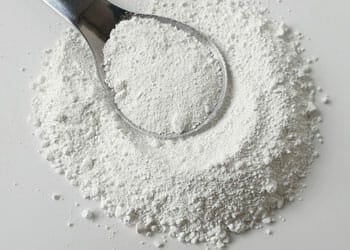
Titanium dioxide functions as a whitening agent in products such as paint, cosmetics, sunscreen, and supplements, improving their visual appeal.
However, it provides no nutritional value and is solely used for whitening purposes. Although the FDA approves its limited use, studies suggest potential health risks.
Research from the National Institute of Health indicates that exposure to Titanium Dioxide can result in lung inflammation, stomach ulcers, and DNA damage [1] [2] [3].
Additionally, a study published in the Particle and Fibre Toxicology Journal suggests that introducing Titanium Dioxide may potentially impact kidney functions [4].
2. Artificial Colors

The FDA notes that artificial colors are used in vitamins to address color loss and enhance visual appeal, especially for children.
However, their primary role frequently involves masking low-quality supplements, concealing compromised product quality resulting from various conditions.
“Color in natural foods is good. Color in your supplements—not so much.”
- Dana Greene, RD, Nutritionist
Furthermore, a study from the National Institute of Health suggests that specific artificial colors in vitamins have been linked with serious health concerns, including cancers, DNA damage, and increased hyperactivity in children [5].
3. Magnesium Silicate
Magnesium Silicate, commonly known as talc, is a prevalent additive found in most supplements, especially in vitamins and white-coated minerals.
“Magnesium silicate is similar to asbestos in composition and can cause stomach and lung problems when inhaled or ingested.”
- Elissa Goodman, Holistic Nutritionist
Not meeting food-grade standards, talc can pose problems when ingested. For instance, in Japan, talc is used to treat rice to achieve a whiter appearance.
Research from the National Institute of Health indicates that this practice is one of the contributing factors to Japan's elevated rate of stomach cancer [6].
4. Stearic Acid
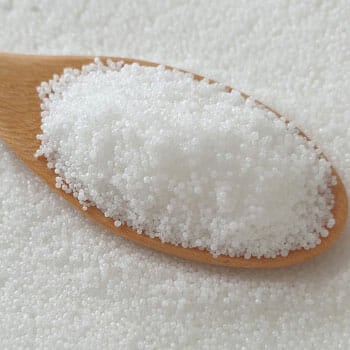
Stearic acid, found in many supplements, serves as a lubricating filler, aiding the manufacturing process. It prevents clumping and sticking to machines.
If you notice it on vitamin labels, there's usually no need to discard the supplement, as most contain only 1 or 2% stearic acid—likely less than what you consume through your regular diet. Its negative reputation is often tied to magnesium stearate, which we'll cover next.
5. Magnesium Stearate
Magnesium stearate acts as a flow enhancer and binder, preventing equipment from sticking. It's created by combining magnesium and stearic acid.
Research from the East African Scholars Journal of Agriculture and Life Sciences indicates that extended exposure to magnesium stearate treatment may negatively impact the function of T-lymphocytes.
This could potentially affect the immune system, given that T cells play a crucial role in defending the body against infections and diseases [7].
6. Hydrogenated Oils

Hydrogenated oils, like soybean oil in vitamins, extend shelf life in processed foods and supplements.
The FDA recommends reducing trans fats, per the Dietary Guidelines for Americans.
Mayo Clinic research warns that partially hydrogenated oil in supplements could increase heart disease, stroke, and diabetes risks [8].
Noting that industrial waste like lead and mercury contaminates fish oil supplements, I advise clients to choose high-quality, third-party tested fish oils for safety.
Why Are Fillers Added in Supplements?
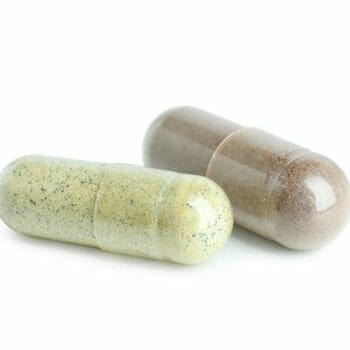
Fillers are added to supplements primarily for functional purposes, such as binding ingredients, preventing equipment sticking during manufacturing, and avoiding the appearance of partially empty capsules.
Additionally, fillers serve as flow agents during the manufacturing process, preventing equipment from sticking.
Companies also include fillers to avoid capsules appearing partially empty, providing bulk to the supplements.
Beyond functionality, I think that fillers are added to supplements to enhance the visual appeal of vitamins and even improve their taste.
Here are some categories of fillers:
- Binding agents: Prevent the vitamins from crumbling.
- Coatings and glazes: Make the vitamin easier to swallow.
- Sweeteners: Improve the taste, mostly found in liquid supplements.
- Preservatives: Extend the vitamin's shelf life.
How To Avoid Harmful Ingredients

While vitamins can sometimes contain risky fillers, it's not a reason to stop using essential supplements like Vitamin C, B vitamins, or fish oil.
Here are some tips you can consider to avoid harmful ingredients:
- Choose high-quality, organic products.
- Carefully read supplement manufacturers' labels.
- Research unfamiliar ingredients.
- If you spot a toxic ingredient in your vitamin, consider reporting it directly to the FDA.
- Look out for artificial flavors, such as high-fructose corn syrup.
FAQs
How Are Multivitamins Made?
Multivitamins are made with quality raw materials in a detailed ten-step process, including formulation, mixing, encapsulation, and quality control, ensuring consistent and effective supplements. This procedure includes thorough checks at each stage to guarantee high-quality vitamin products.
Is the Coating on Vitamins Bad for You?
The coating on vitamins is generally considered safe for most people. However, some coatings may contain ingredients that certain individuals are sensitive or allergic to. It's always a good idea to check the label for specific ingredients if you have known allergies or sensitivities.
References:
- https://pubmed.ncbi.nlm.nih.gov/24378593/
- https://www.ncbi.nlm.nih.gov/pmc/articles/PMC3442211/
- https://pubmed.ncbi.nlm.nih.gov/24631018/
- https://particleandfibretoxicology.biomedcentral.com/articles/10.1186/1743-8977-10-4
- https://www.ncbi.nlm.nih.gov/pmc/articles/PMC3441937/
- https://pubmed.ncbi.nlm.nih.gov/5098957/
- https://www.easpublisher.com/get-articles/1599
- https://www.mayoclinic.org/diseases-conditions/high-blood-cholesterol/in-depth/trans-fat/art-20046114
About The Author
You May Also Like

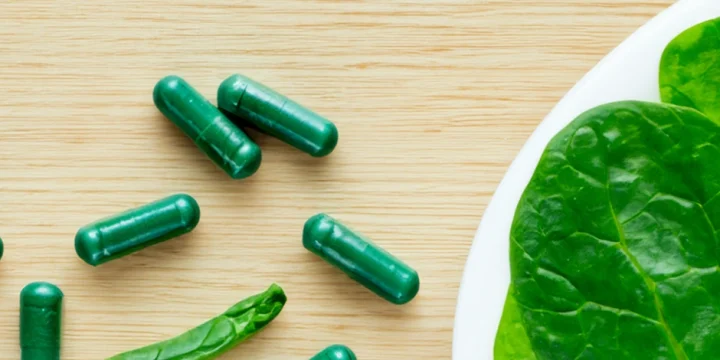



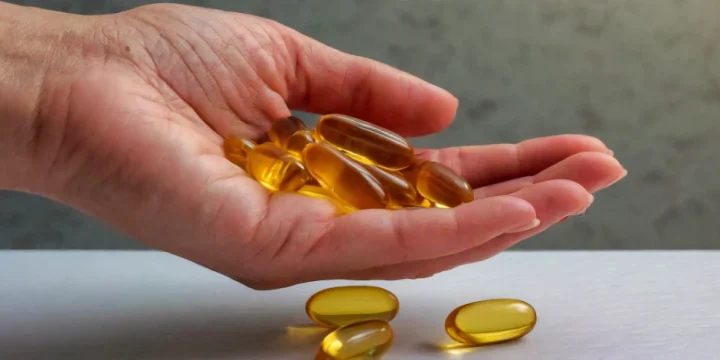

I had no idea how many unnecessary fillers are packed into some vitamins. This really made me start checking labels more closely before buying.